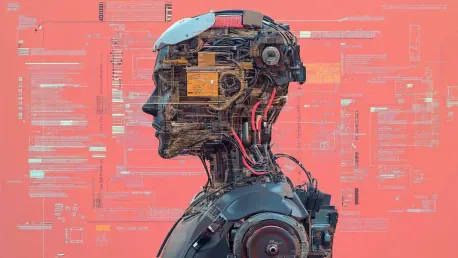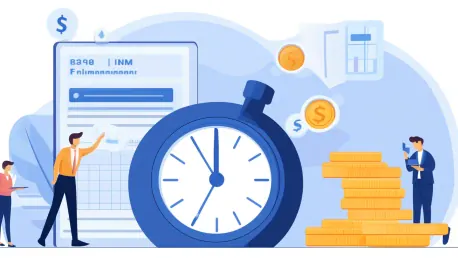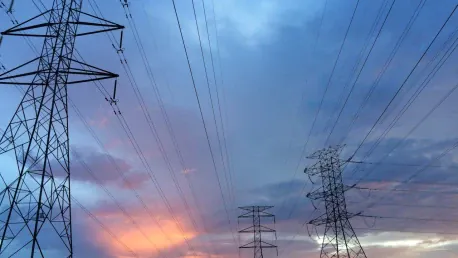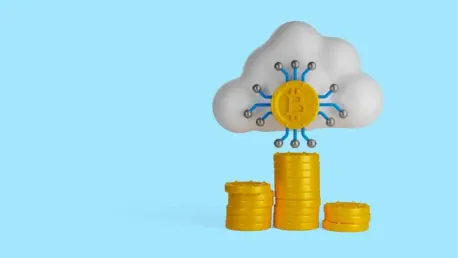
In an era where precision is paramount for aviation safety and efficiency, a breakthrough in wind forecasting technology promises to significantly improve conditions for airports worldwide. Traditional forecasting methods often falter in predicting rapid, localized atmospheric changes and are

Artificial Intelligence (AI) and Machine Learning (ML) are advancing rapidly, leading to the emergence of various specialized branches. Among these, Generative AI and Predictive AI have gained significant attention in both academic research and industrial applications. While they share foundational

In the 2002 sci-fi film "Minority Report," predictive technology is used to prevent crimes before they happen. Similarly, in the financial world, CFOs and treasurers are leveraging advanced data analysis and risk management tools to ensure financial stability and growth. The increasing adoption of

The power grid has undergone a significant transformation over the years, evolving from a simple network of power lines to a complex, interconnected ecosystem of intelligent devices. This modernized grid is driven by the integration of advanced technologies, notably smart grid technology and

The AI boom is upon us, and it shows no signs of letting up. Businesses across sectors are implementing creative cloud-based initiatives with AI taking center stage. While AI expansion presents tremendous opportunities for business leaders, it also introduces significant uncertainty around cloud

In the rapidly evolving landscape of technology, staying ahead of emerging trends is crucial for businesses, researchers, and policymakers. Big data, with its vast and complex datasets, offers a powerful tool for forecasting these trends, particularly in the realm of artificial intelligence (AI).